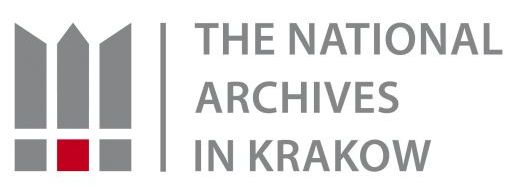CITIZENS, ASSOCIATES AND OUTSIDERS
Residents of the Royal Free Town of Podgórze 1784-1915
Based on the Borough Laws of 1866, in August 1867 the Borough Council of Podgórze was established. Selected during elections in February 1867, the Council was a representative body for the local government of the borough – both legislative and supervisory. The number of councillors depended on the number of residents – initially there were 18, from 1881 – 24, and from 1889 – 36.
Active voting rights were held by residents associated with the borough, participants of the borough (those who paid taxes there) as well as people meeting other requirements (the clergy, clerks and people with higher education). Women also had the same active voting rights, but “for a wife living with her husband, the husband votes, whereas for other women their legal representatives vote”. Constituents were divided into three groups according to the level of tax paid, each choosing 1/3 of the councillors and deputy councillors (half of the members of the Council), who entered the Council in the event that the mandate of one of the councillors from a given group expired. The term of the Council initially lasted three years, from 1884 it became 6 years, and from 1889 every three years half of the councillors and deputies gave up their positions and new ones were elected to replace them. In March 1912, half of the members of the Council elected in October 1908 (governing from January 1909) were changed in elections. Because the negotiations concerning the unification of Podgórze and Krakow lasted from 1910, in the special publication Kraków.
Widening the borders 1909–1915, issued in 1931 under the editorship of Karol Rolle (a former councillor in Podgórze, and at that time the Mayor of the Town of Krakow), photographs of all the councillors in the Podgórze Town Council in the years 1913–1915 were placed.

Franciszek Albin, property and agricultural machine factory owner, councillor 1909–1915
(ANK, ref. no. A-I-118)
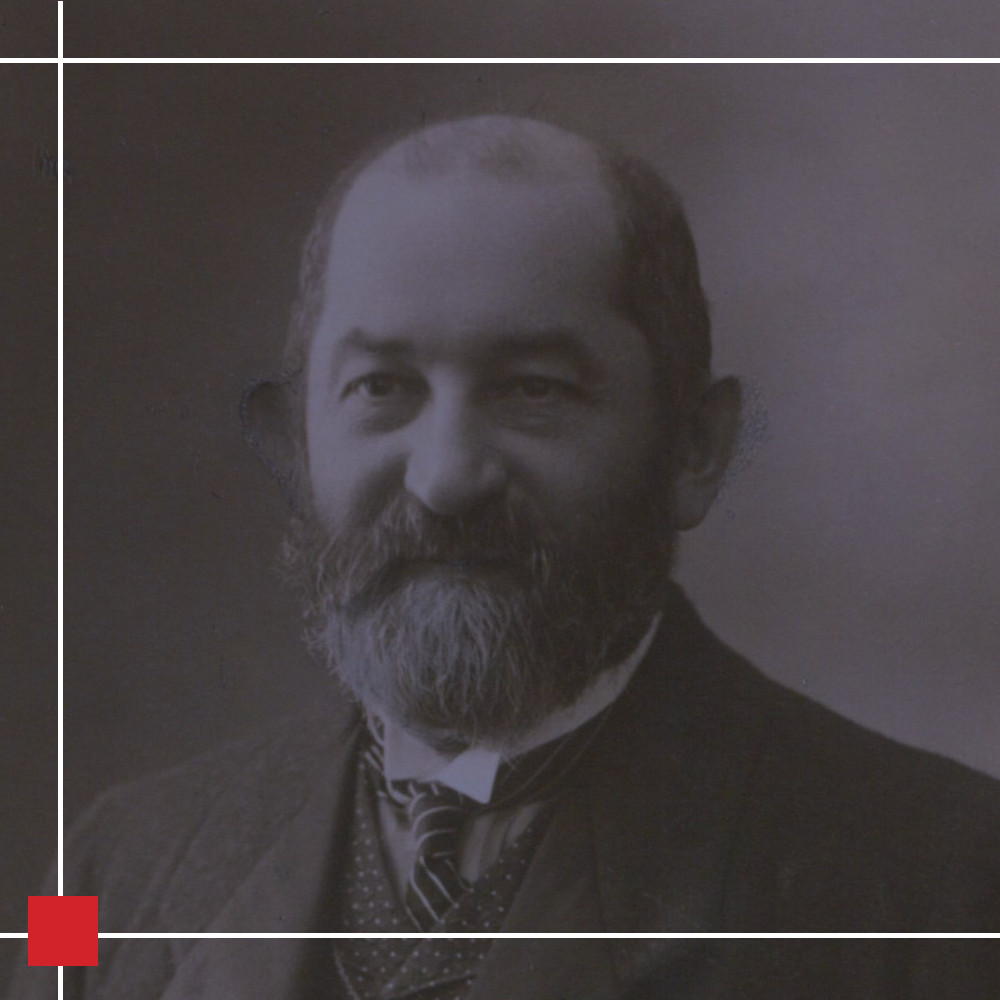
Izaak Aleksandrowicz, merchant, councillor 1909–1914
(ANK, ref. no. A-I-117)
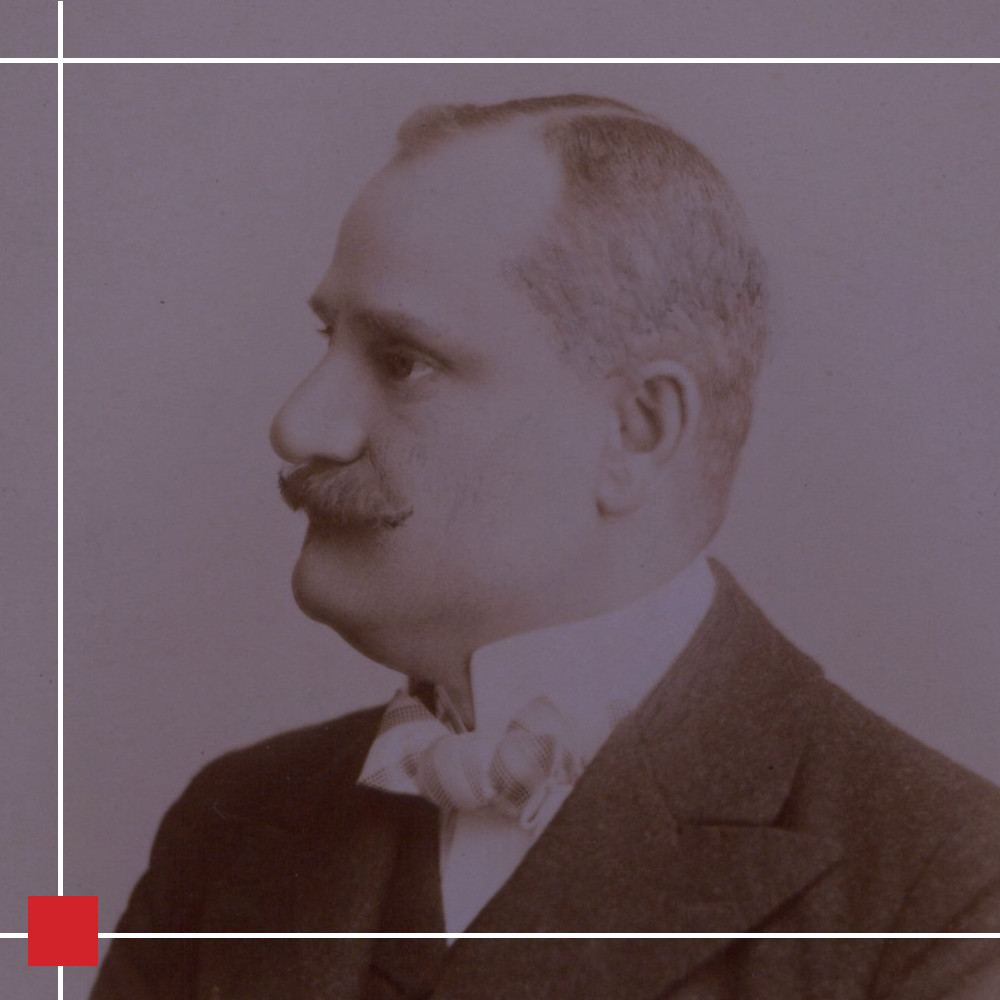
Jakub Aronsohn, lawyer, attorney, councillor 1912–1915
(ANK, ref. no. A-III-868)

Samuel Aronsohn, doctor, councillor 1909–1915, court agent
(ANK, ref. no. A-I-116)

Mendel Bannet, merchant, councillor 1909–1915
(ANK, ref. no. A-I-119)
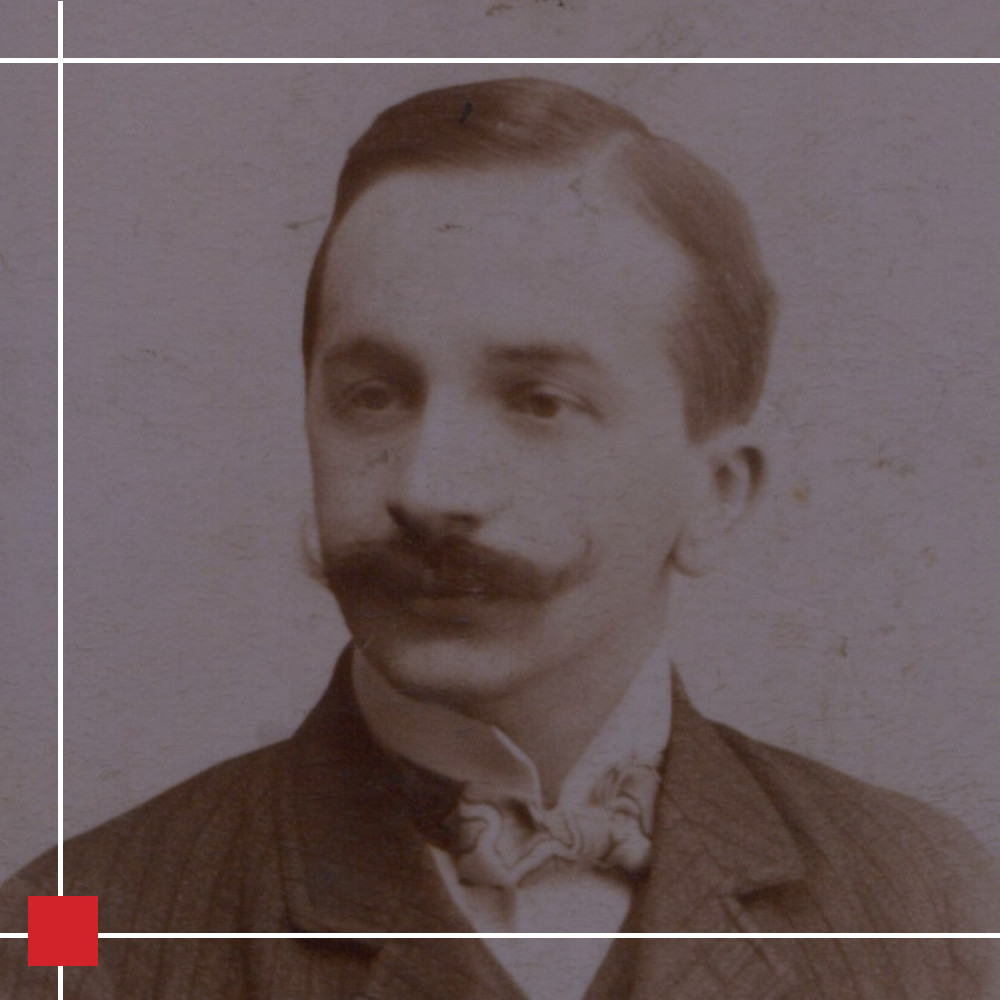
Adam Bielecki, lawyer, county judge, councillor 1912–1915
(ANK, ref. no. A-I-124)

Jan Bieleś, teacher, deputy councillor from 1912, councillor from May 1915
(ANK, ref. no. A-I-125)

Emil Bobrowski, doctor, councillor 1909–1915
(ANK, ref. no. A-I-40)
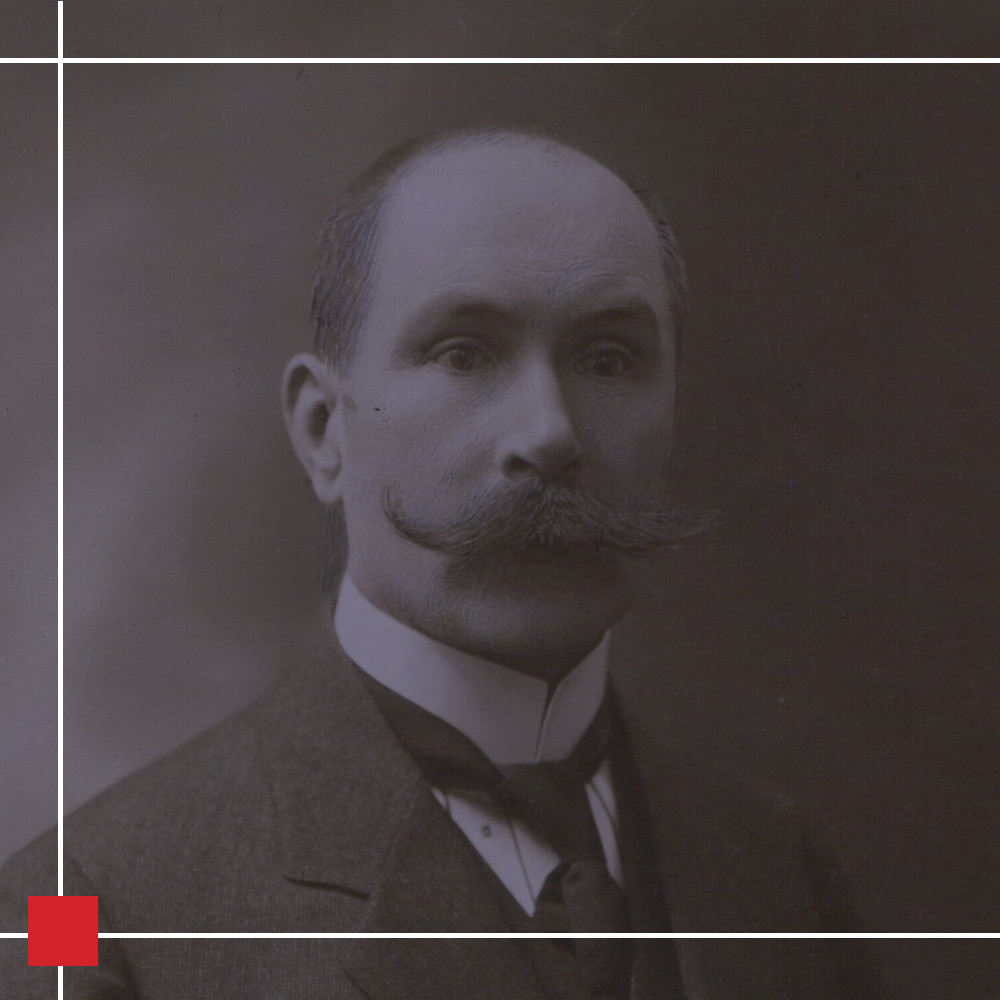
Karol Breuer, property owner, councillor 1909–1915, court agent
(ANK, ref. no. A-IV-702)
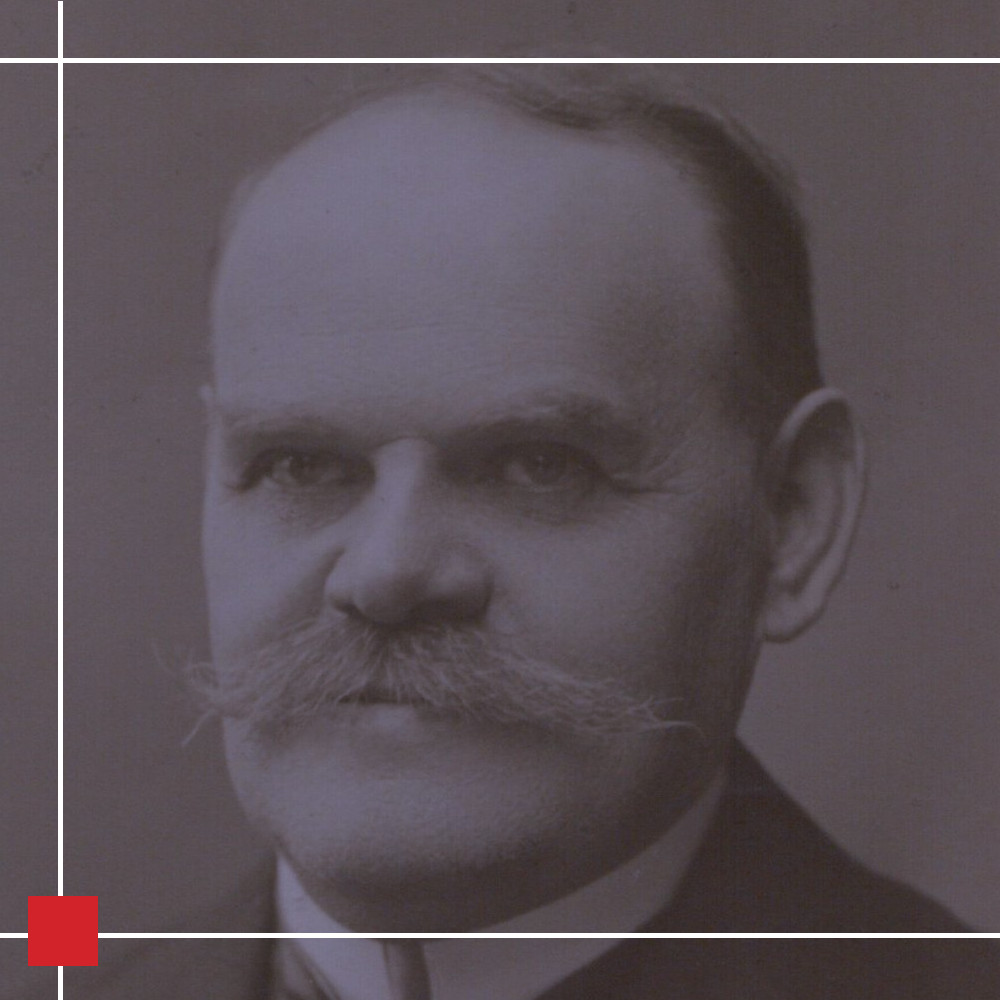
Andrzej Dawidowski, postal clerk, councillor 1909–1913
(ANK, ref. no. A-I-108)
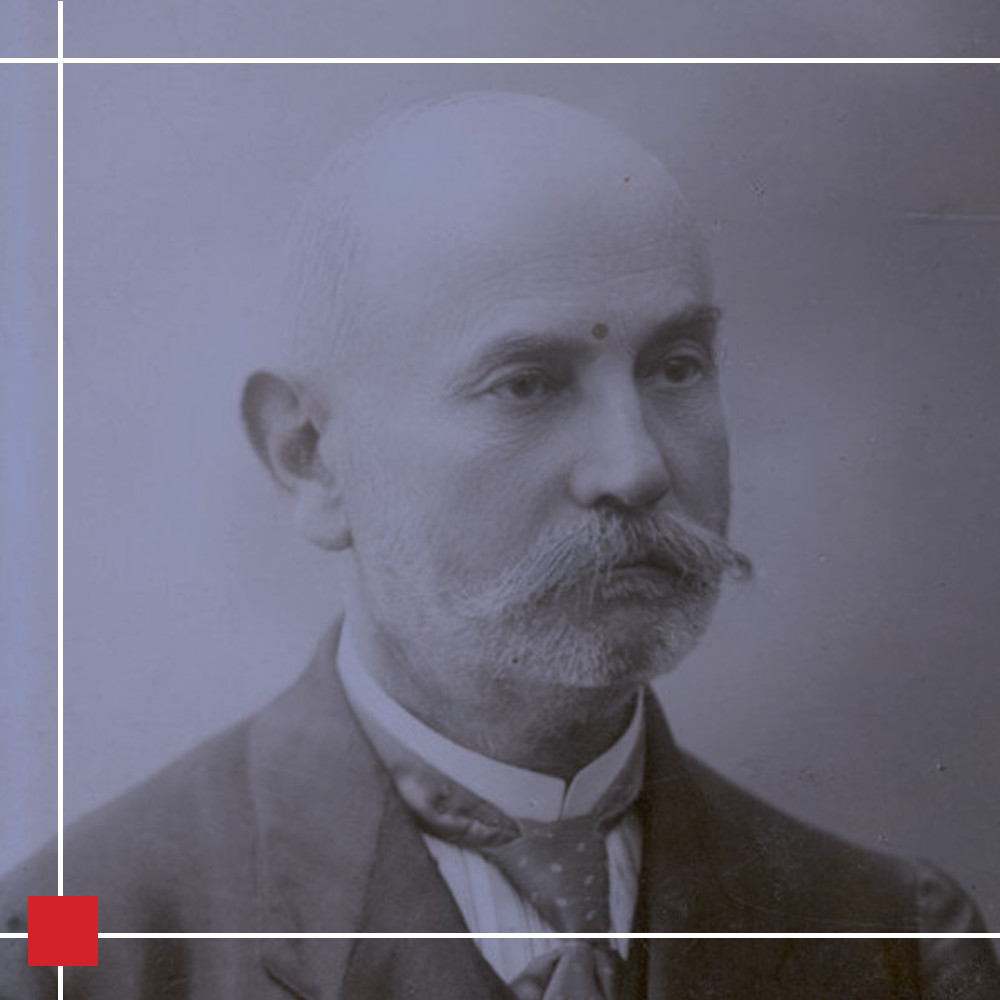
Adolf Ehrlich, industrialist, councillor 1909–1915
(ANK, ref. no. A-I-104)
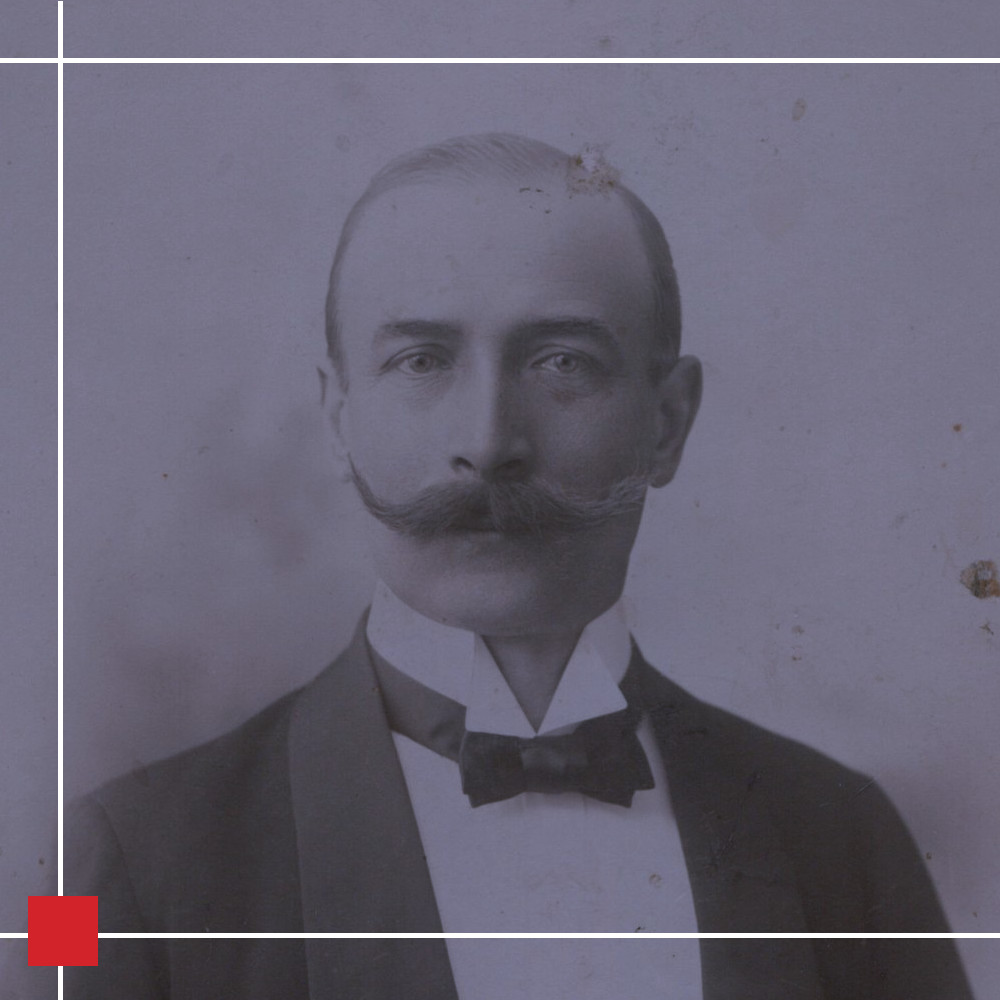
Józef Emilewicz, lawyer, attorney, councillor 1909–1915
(ANK, ref. no. A-III-863)
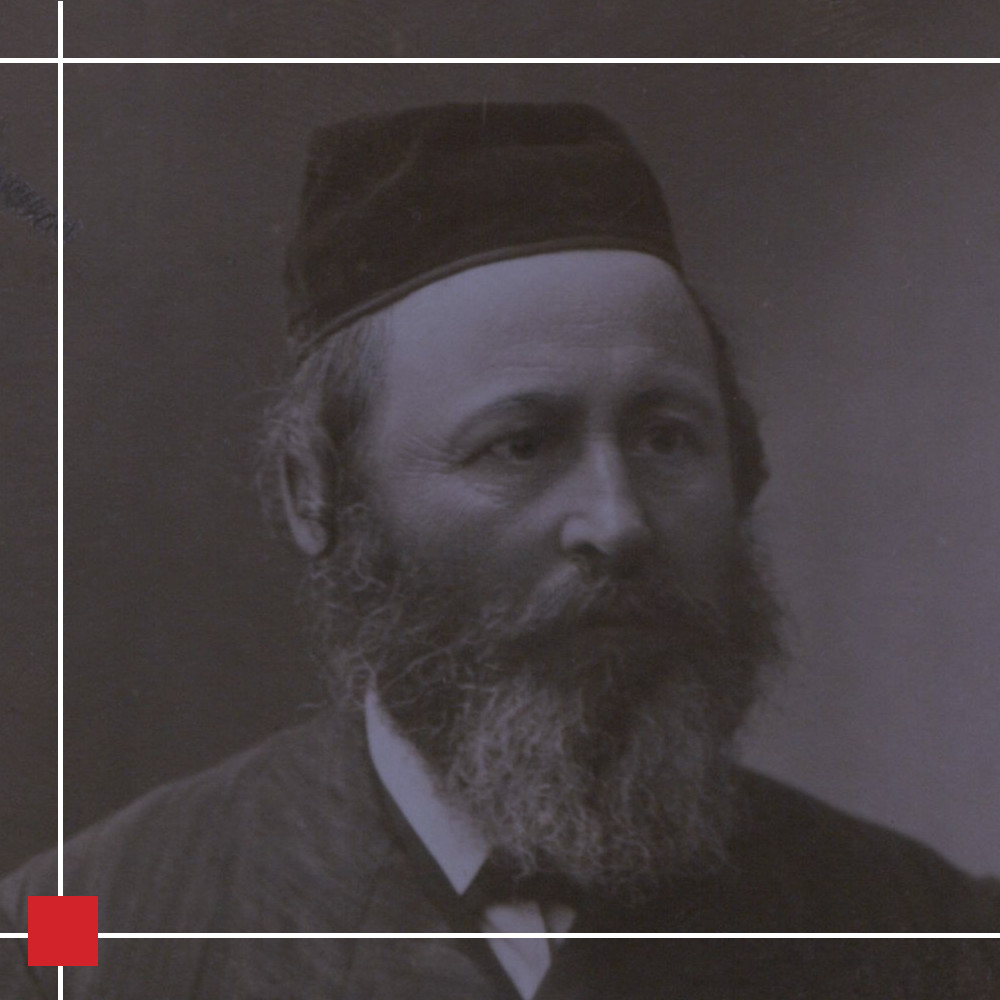
Chaskel Färber, owner of a brickworks, councillor 1912–1915
(ANK, ref. no. A-I-102)
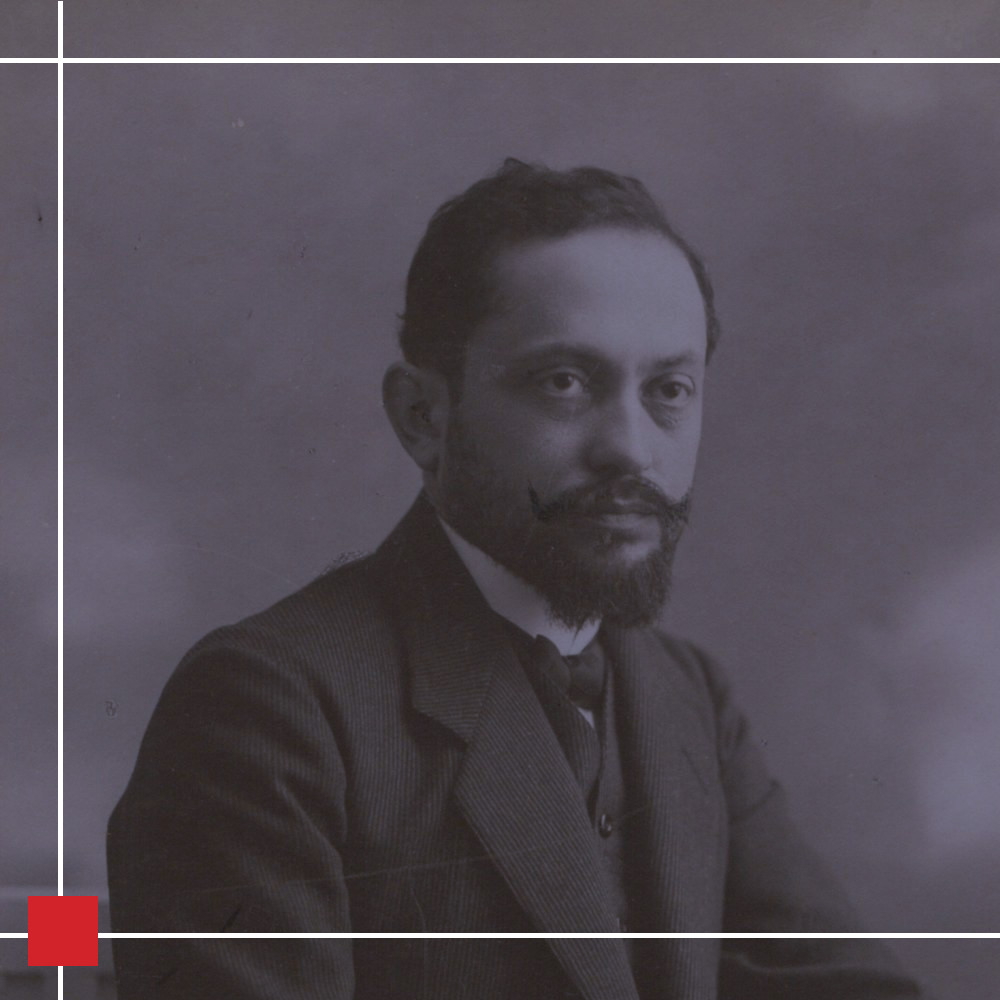
Edward Ferber, lawyer, attorney, councillor 1912–1915
(ANK, ref. no. A-III-859)
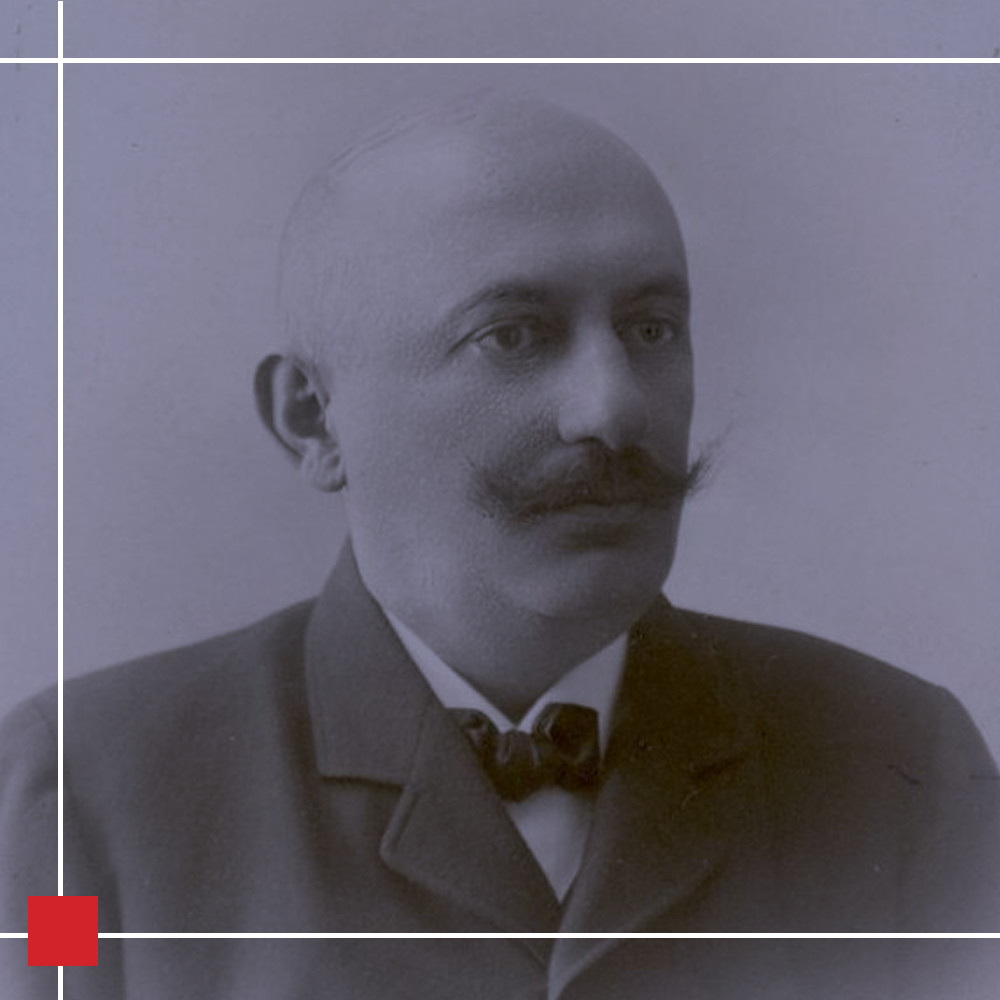
Jakub Ferber, councillor 1909–1913
(ANK, ref. no. A-I-84)
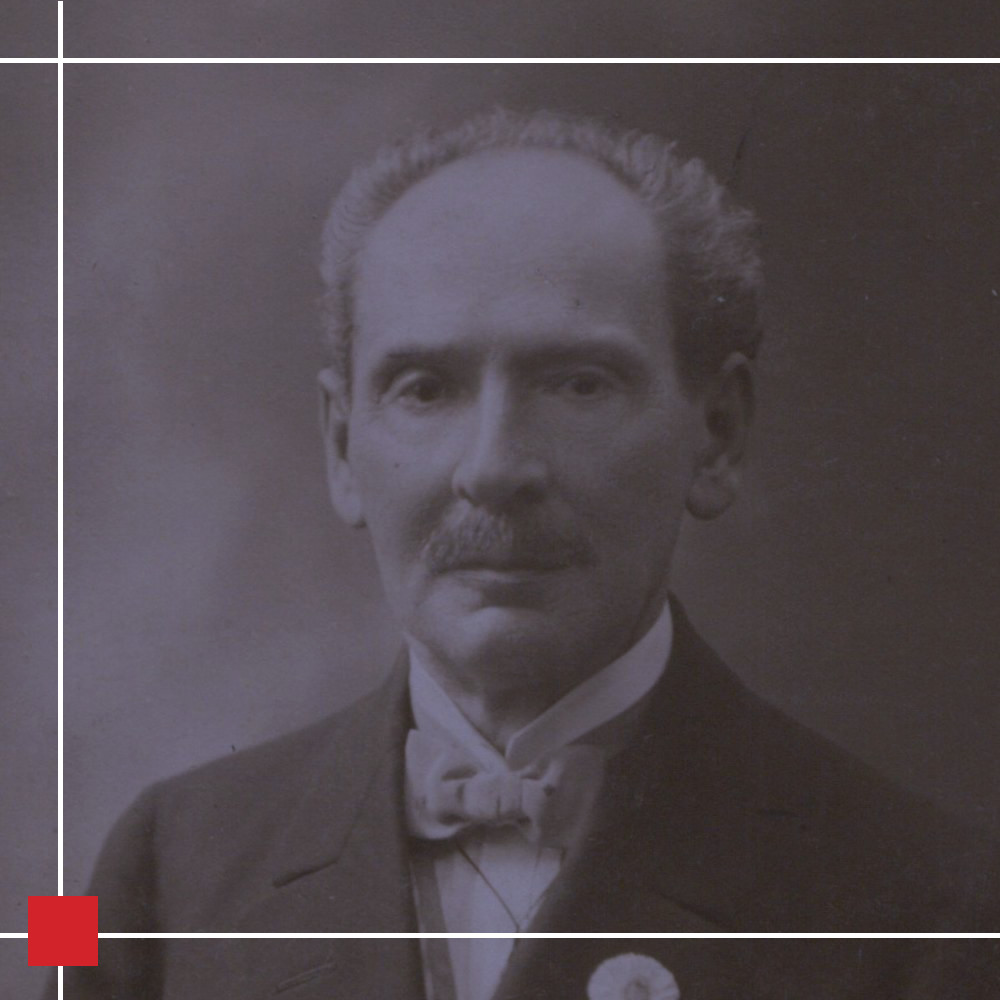
Izydor Feuereisen, lawyer, attorney, councillor 1909–1913
(ANK, ref. no. A-I-126, 127)

Stanisław Gadomski, court clerk, councillor 1909–1913
(ANK, ref. no. A-I-88)
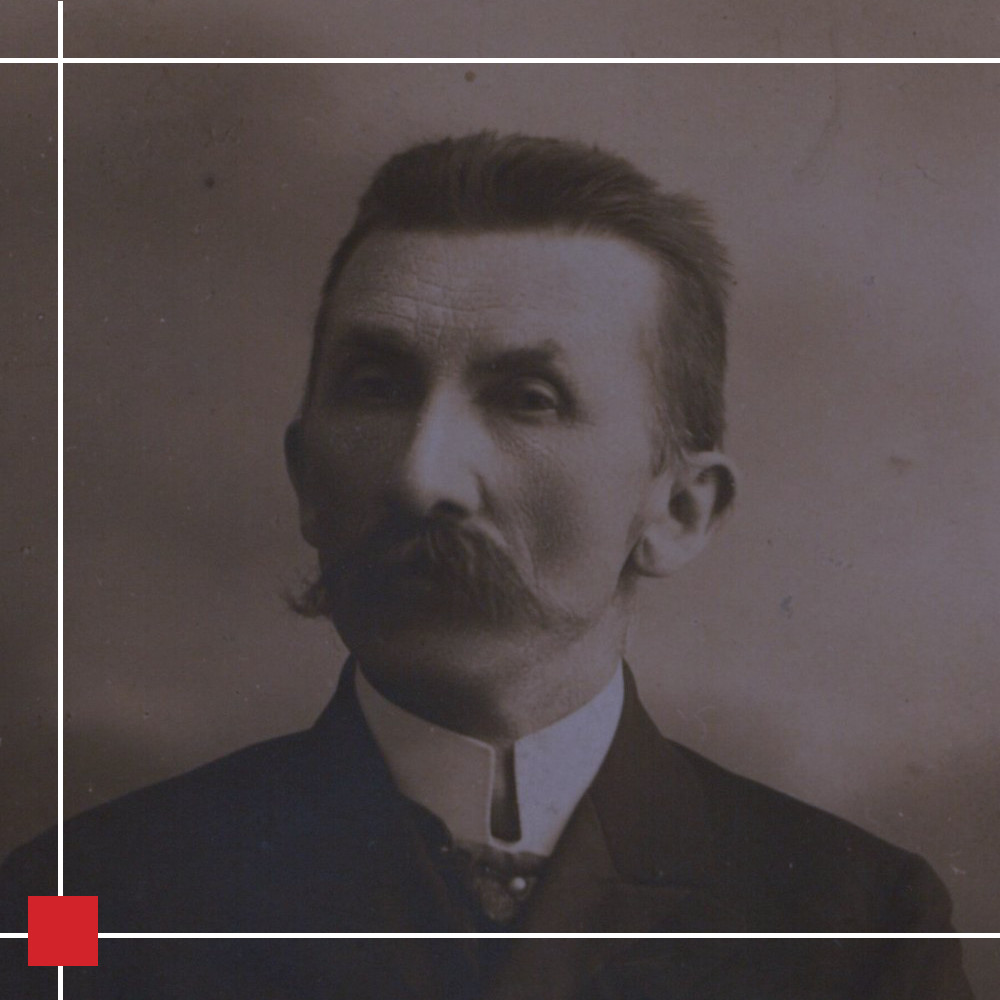
Karol Górski, lawyer, retired advisor of the National High Court, councillor 1909–1915
(ANK, ref. no. A-I-87)
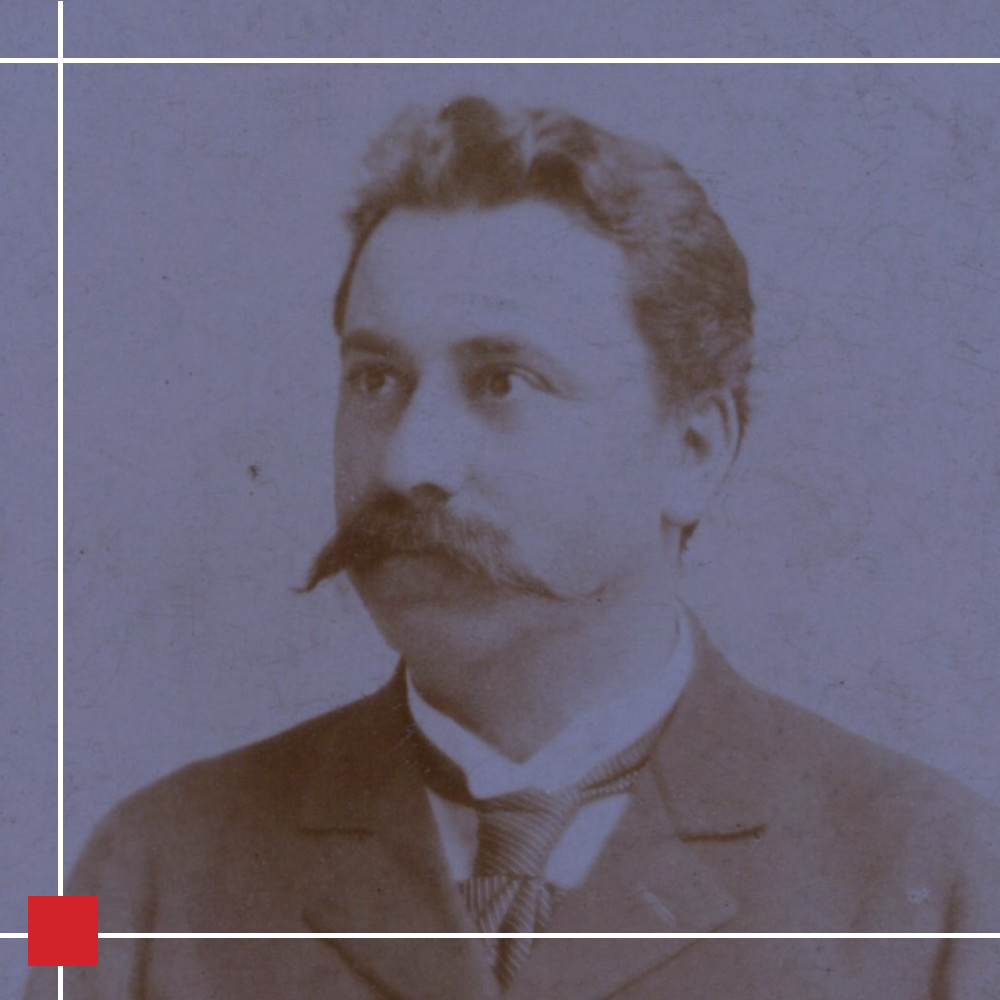
Jakub Grünberg, industrialist, councillor 1909–1913
(ANK, ref. no. A-I-82)

Ignacy Grządziel, property owner, blacksmith, councillor 1909–1915
(ANK, ref. no. A-I-83)
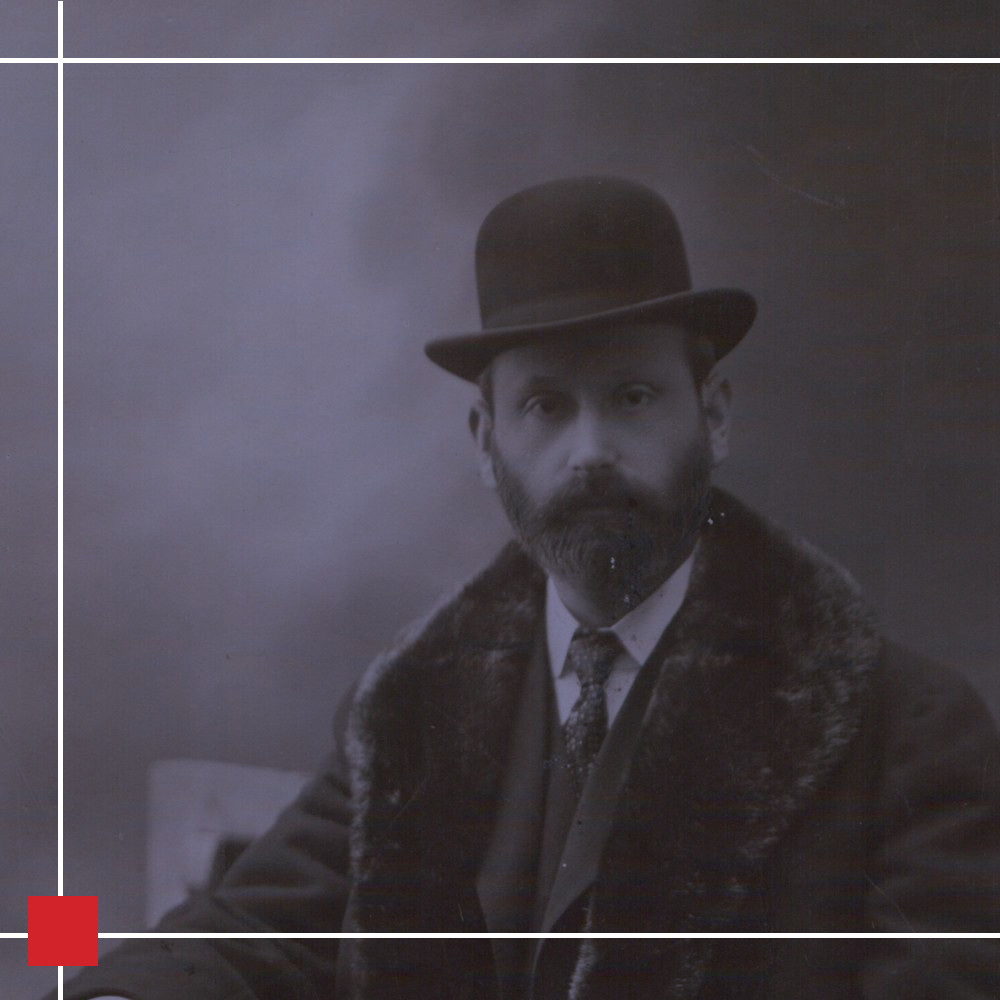
Chaim Hofstäter, factory owner, councillor 1912–1915
(ANK, ref. no. A-IV-472)
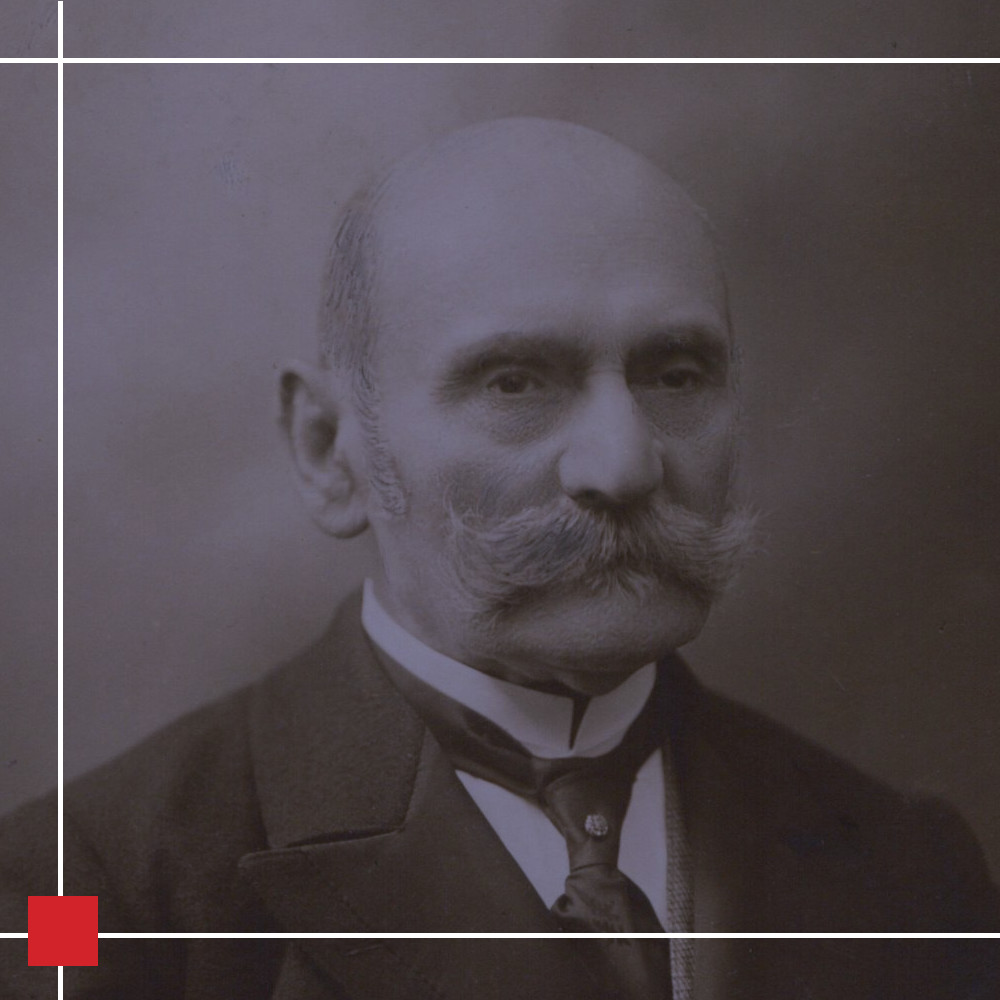
Szczepan Kaczmarski, property owner, deputy mayor, councillor 1909–1915
(ANK, ref. no. A-III-866)

Paweł Kepler, doctor, councillor 1912–1915
(ANK, ref. no. A-I-94)
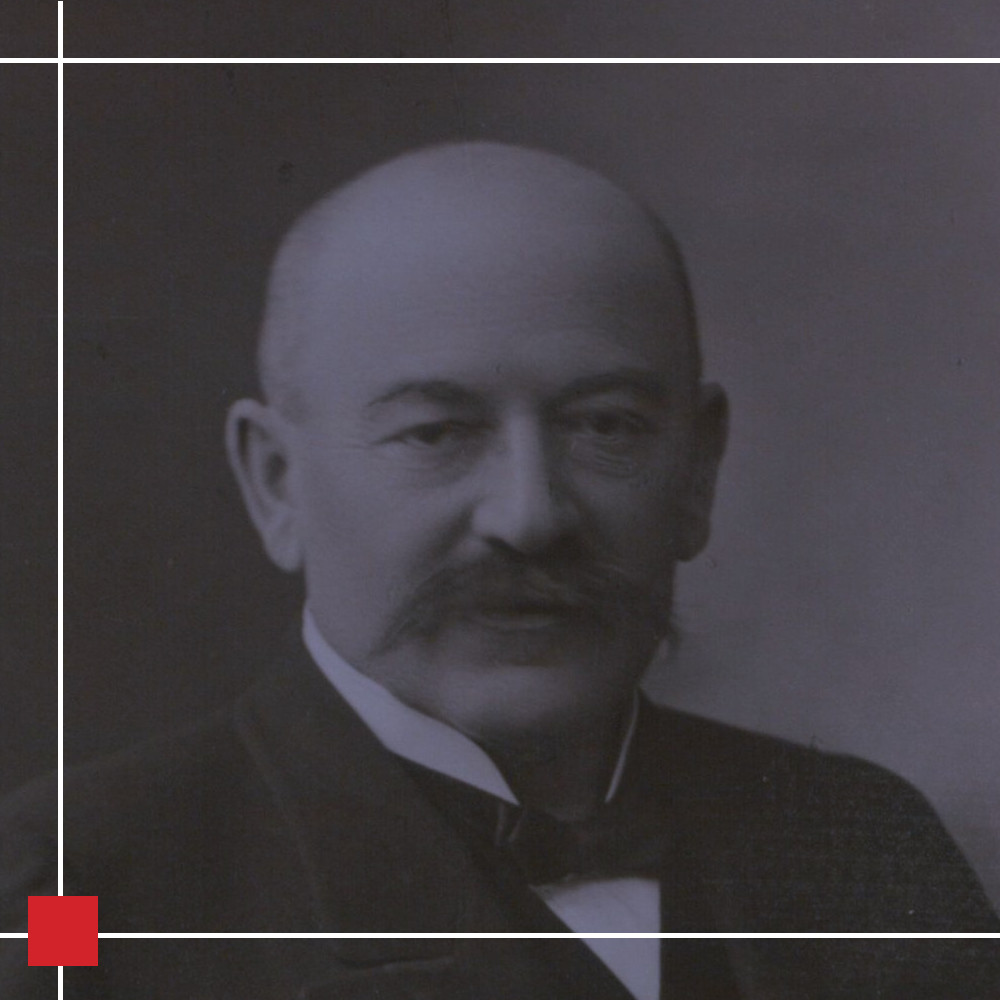
Bernard Liban, lime factory owner, councillor 1909–1915, court agent
(ANK, ref. no. A-I-186)
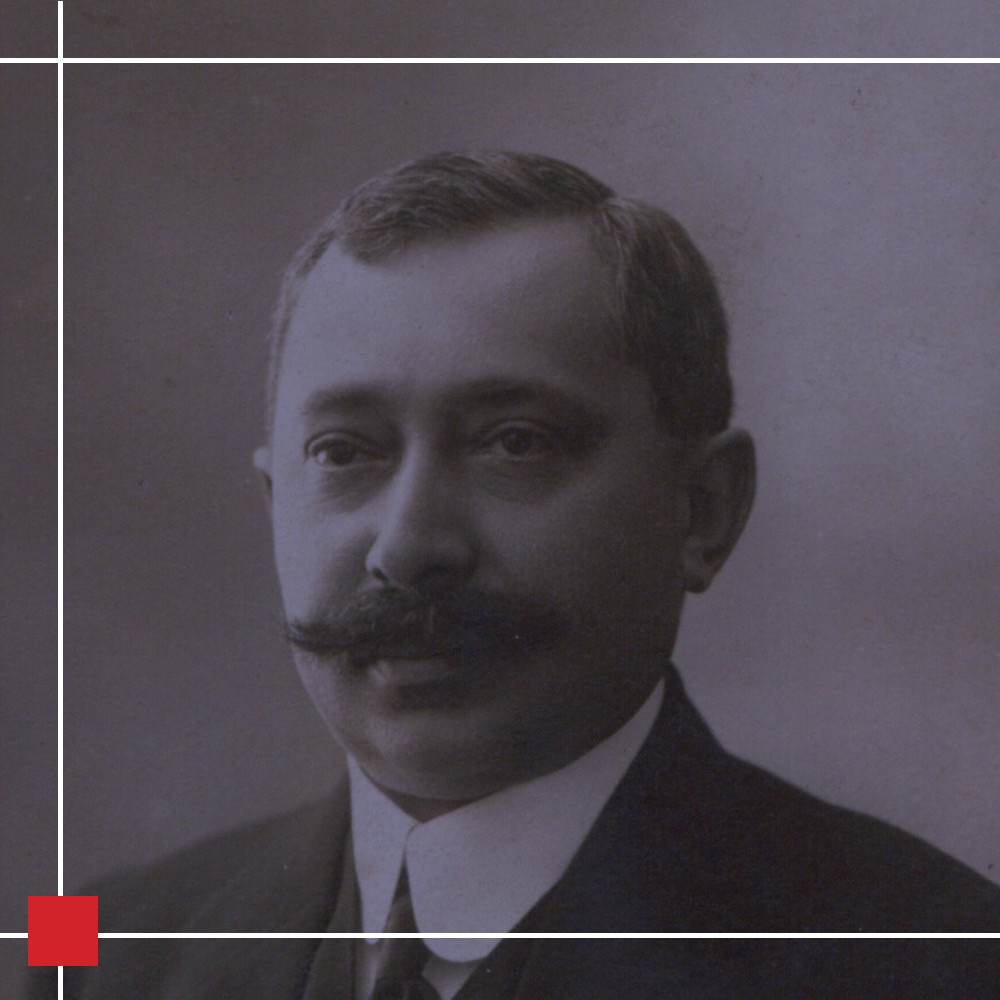
Władysław Liban, factory owner, councillor 1909–1915
(ANK, ref. no. A-I-90)
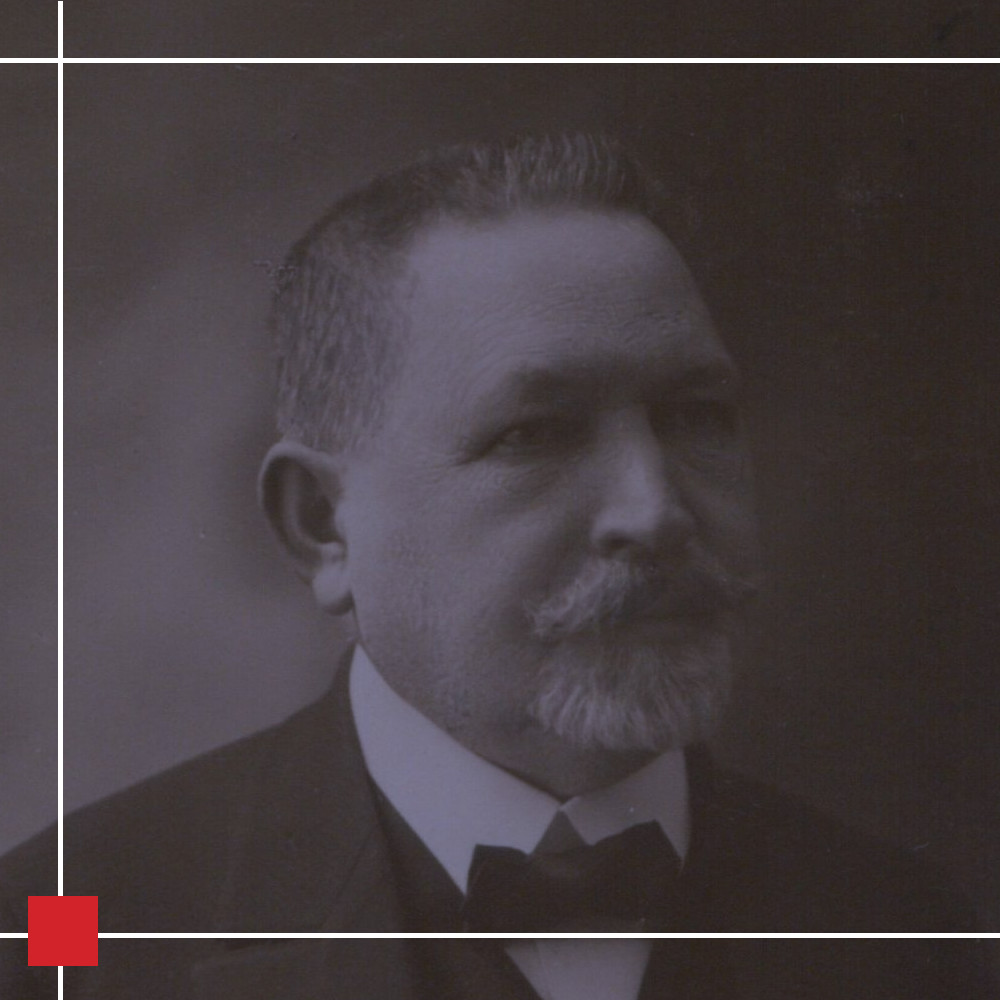
Karol Łuczko, pharmacist, councillor 1909–1915, court agent
(ANK, ref. no. A-I-188)
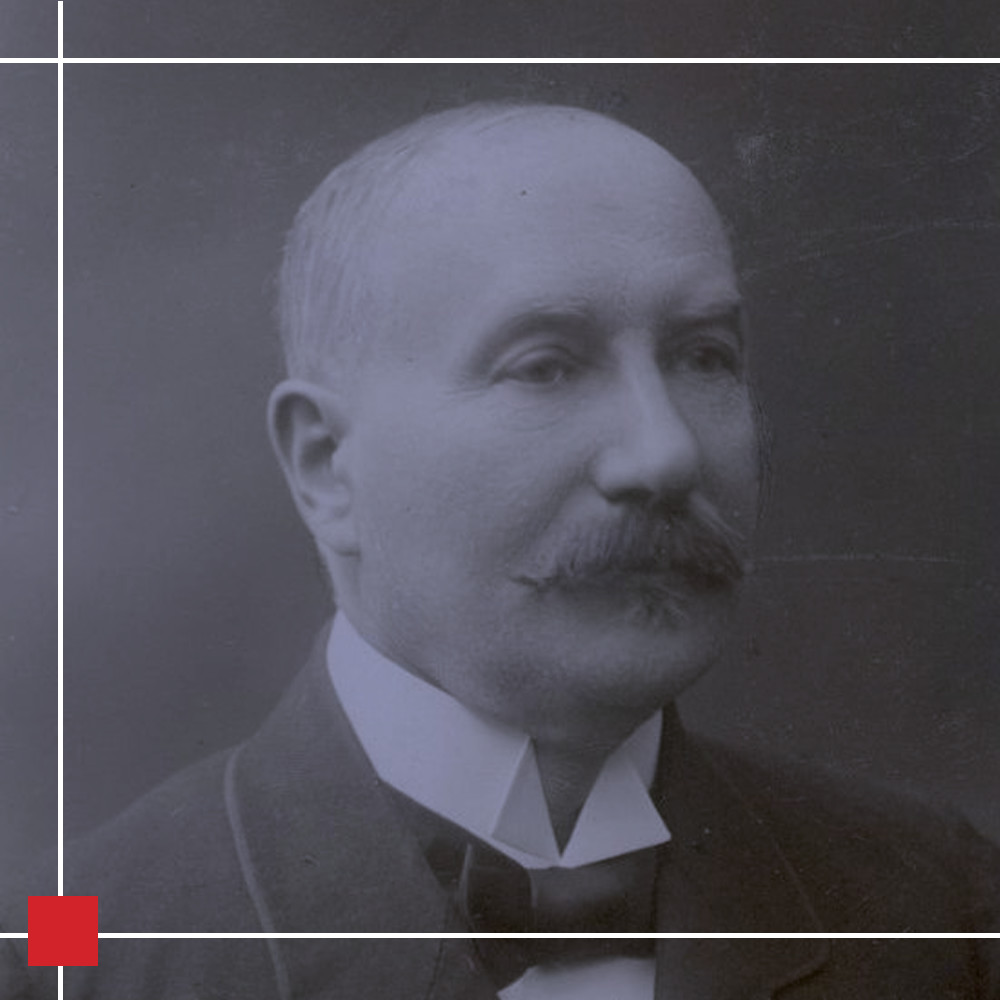
Józef Małek, property owner, councillor 1912–1913
(ANK, ref. no. A-I-95)

Franciszek Maryewski, mayor, councillor 1909–1915
(ANK, ref. no. A-III-858)

Antoni Mateczny, owner of the bathing plant, councillor 1909–1915
(ANK, ref. no. A-I-93)
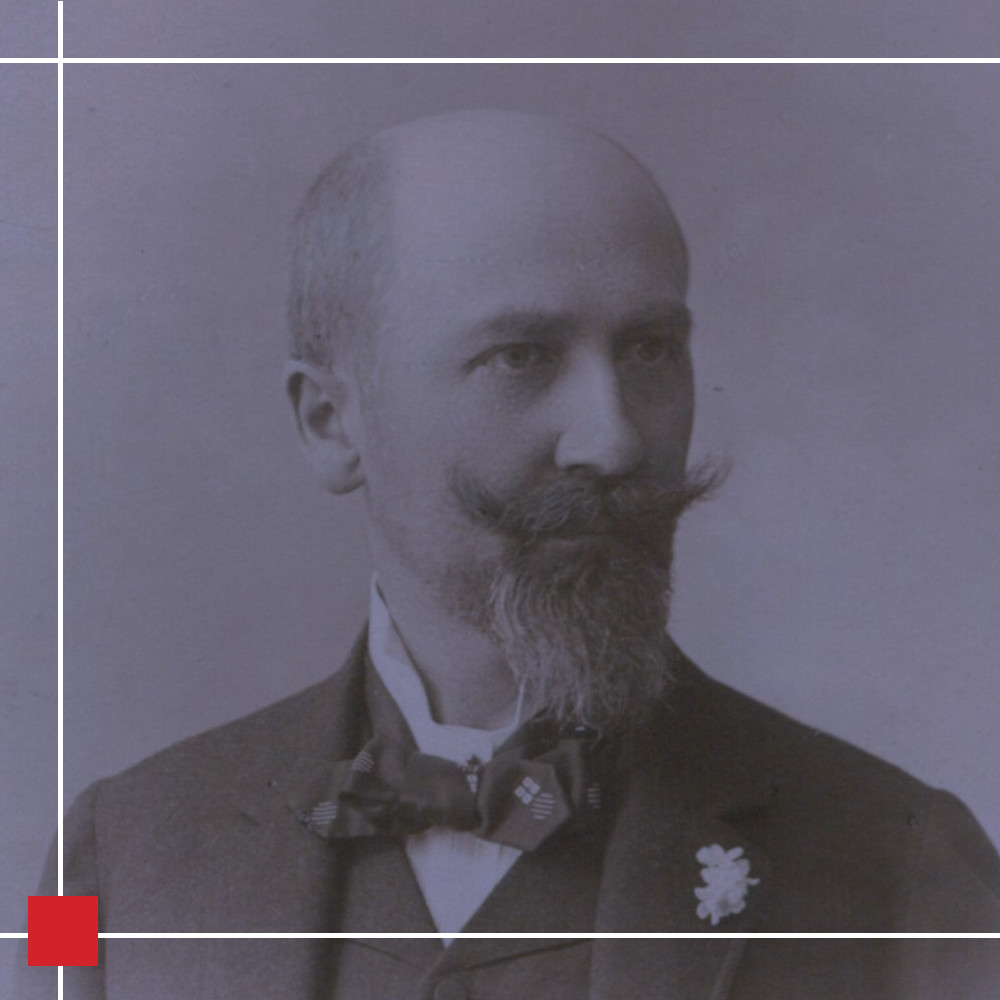
Dionizy Matula, pharmacist, councillor 1909–1915, court agent
(ANK, ref. no. A-I-232)
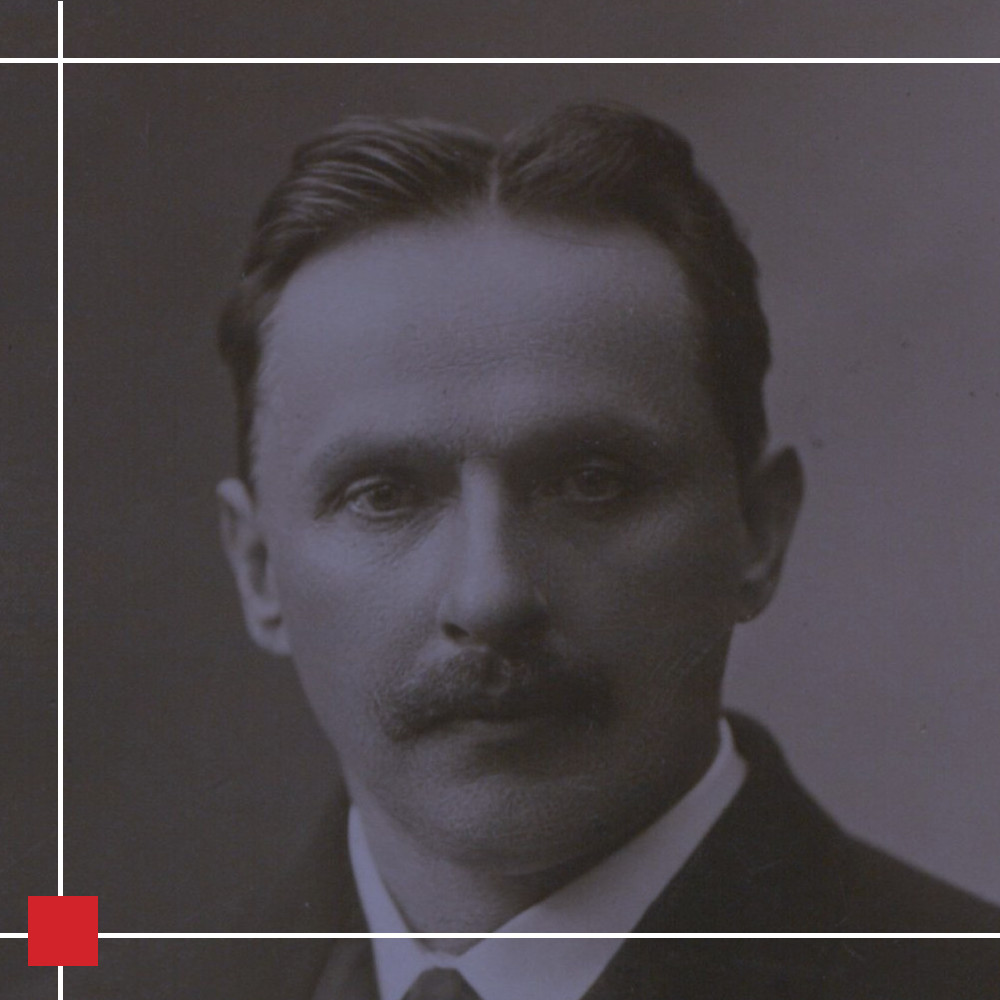
Antoni Mikstein, teacher, school director, councillor 1909–1915
(ANK, ref. no. A-I-289)
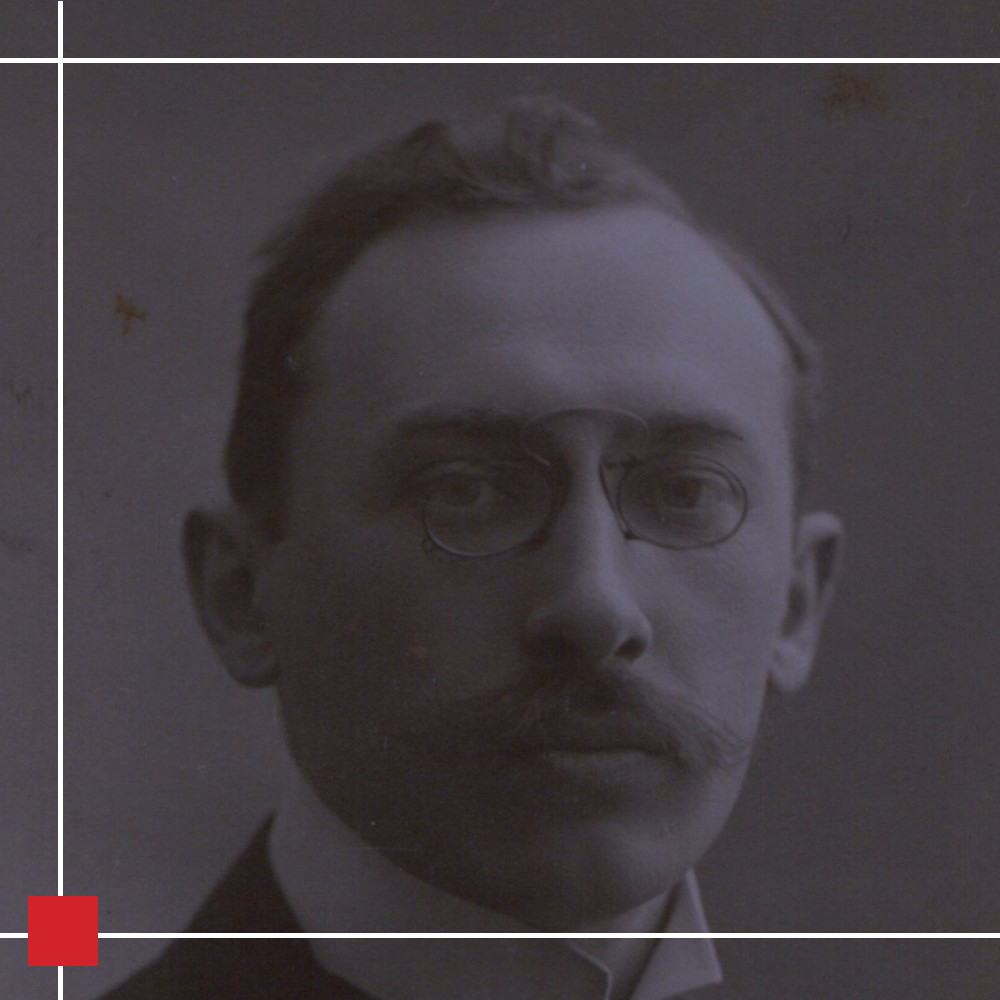
Władysław Mossoczy, secondary school teacher, councillor 1909–1915
(ANK, ref. no. A-I-85)

Salomon Oberlaender, lawyer, attorney, councillor 1909–1913
(ANK, ref. no. A-III-867)

Jan Peter, teacher, councillor 1909–1915
(ANK, ref. no. A-I-89)

Józef Przybylski, secondary school teacher, councillor 1909–1913
(ANK, ref. no. A-I-193)
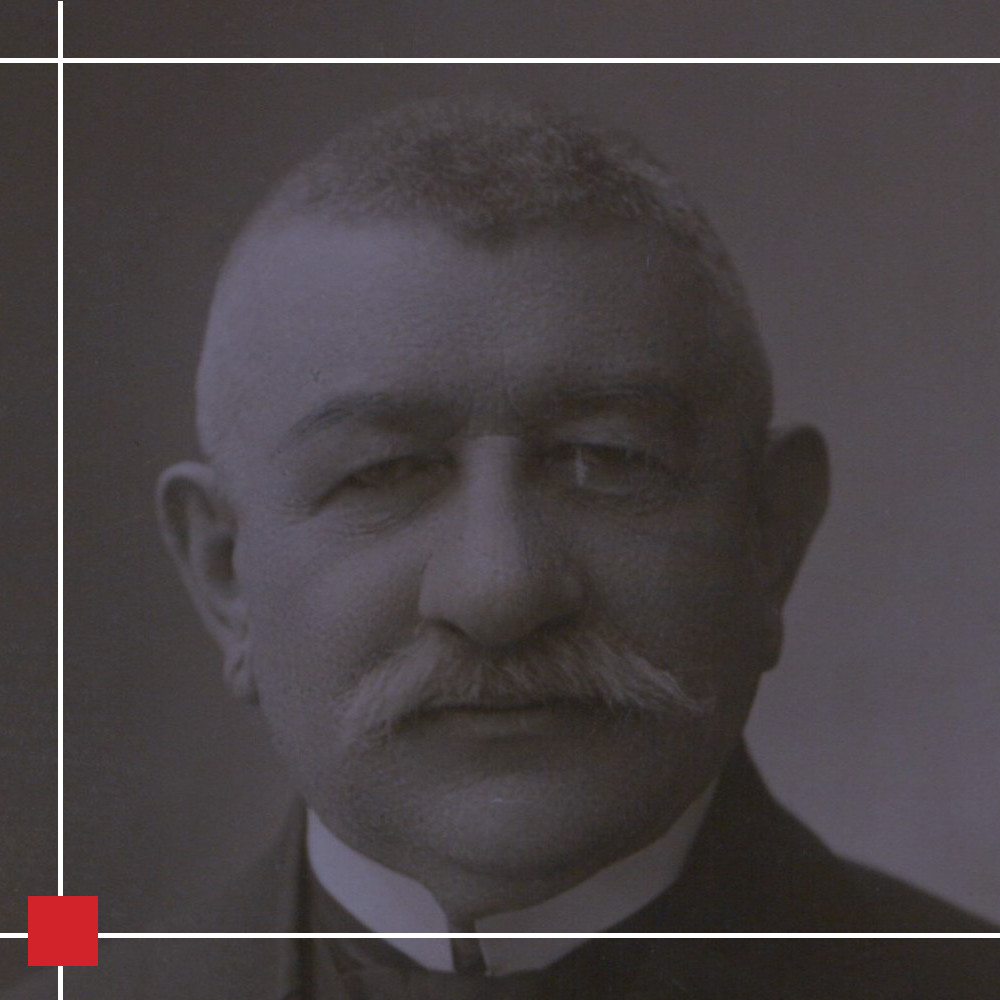
Józef Rappaport, factory owner, councillor 1909–1913
(ANK, ref. no. A-I-191)
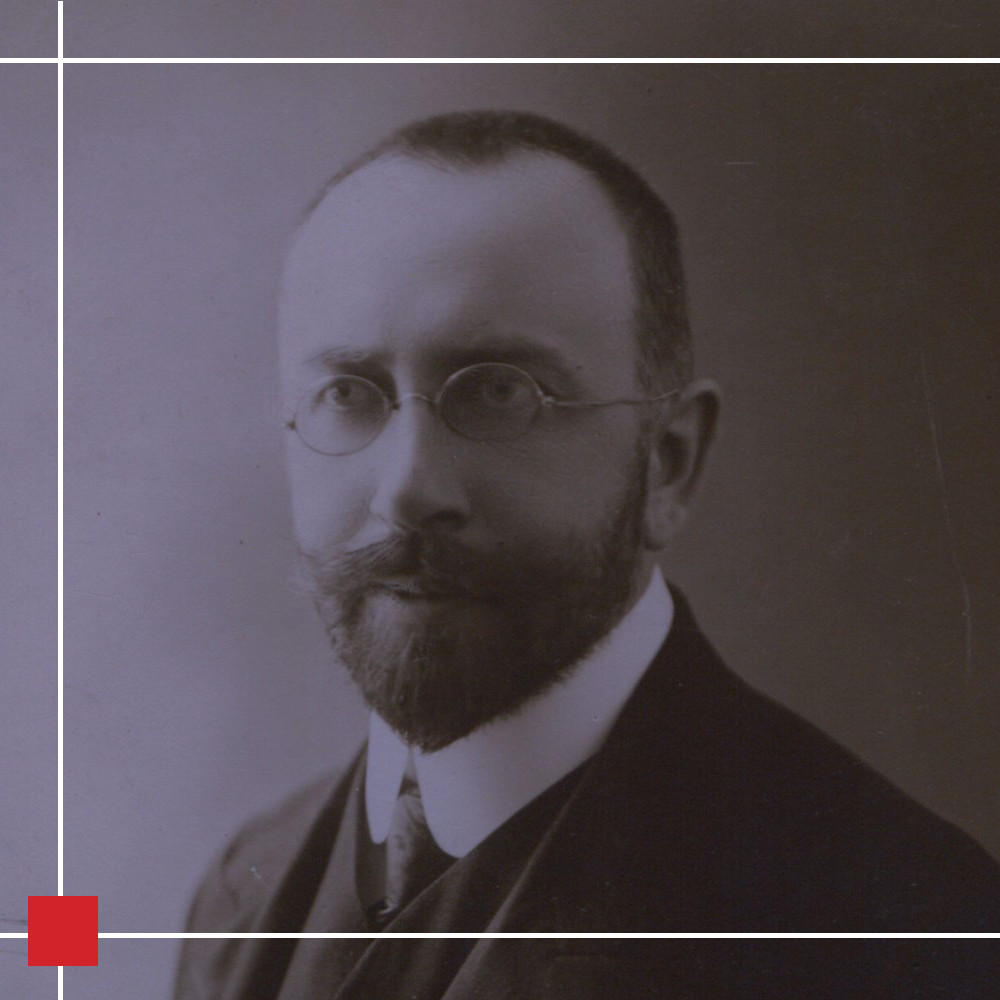
Karol Rolle, engineer, councillor 1909–1915
(ANK, ref. no. A-III-871)

Zygfryd Schenker, bank director, councillor 1912–1913
(ANK, ref. no. A-II-448)
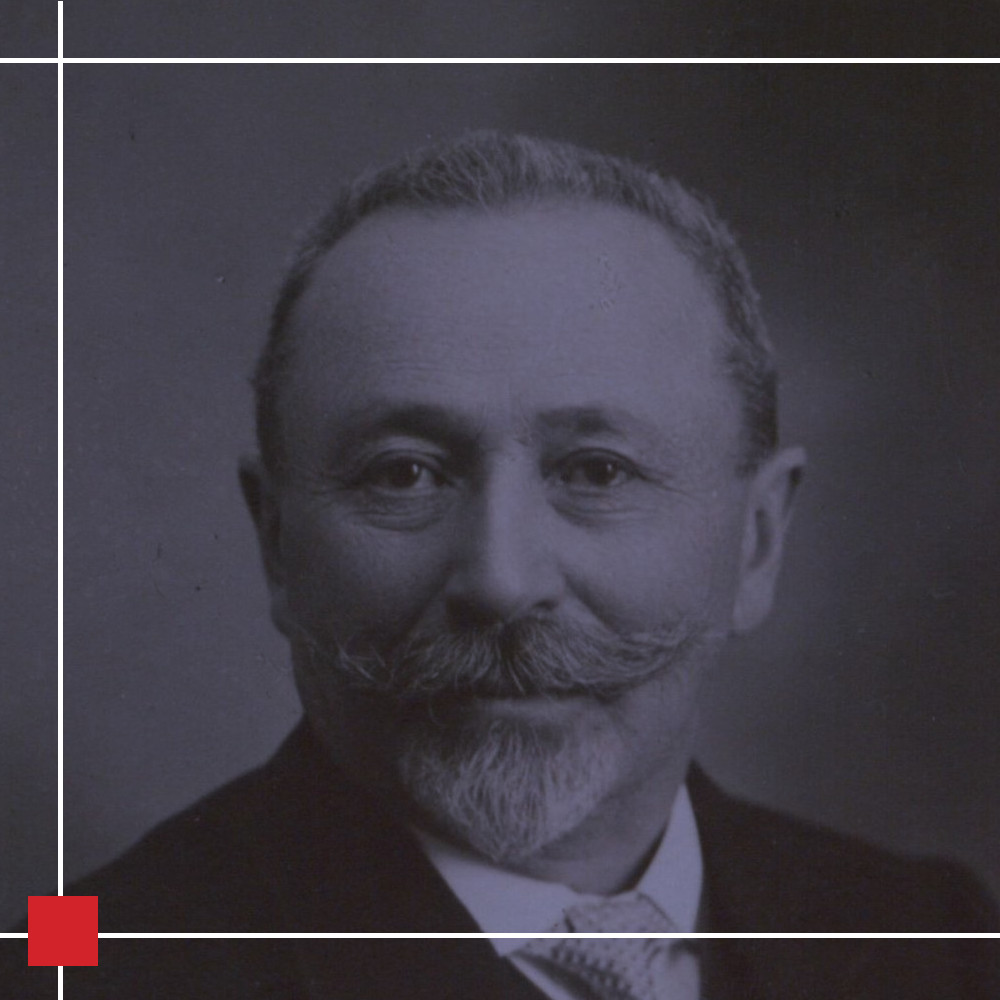
Izaak Schleichkorn, industrialist, councillor 1909–1915
(ANK, ref. no. A-I-98)
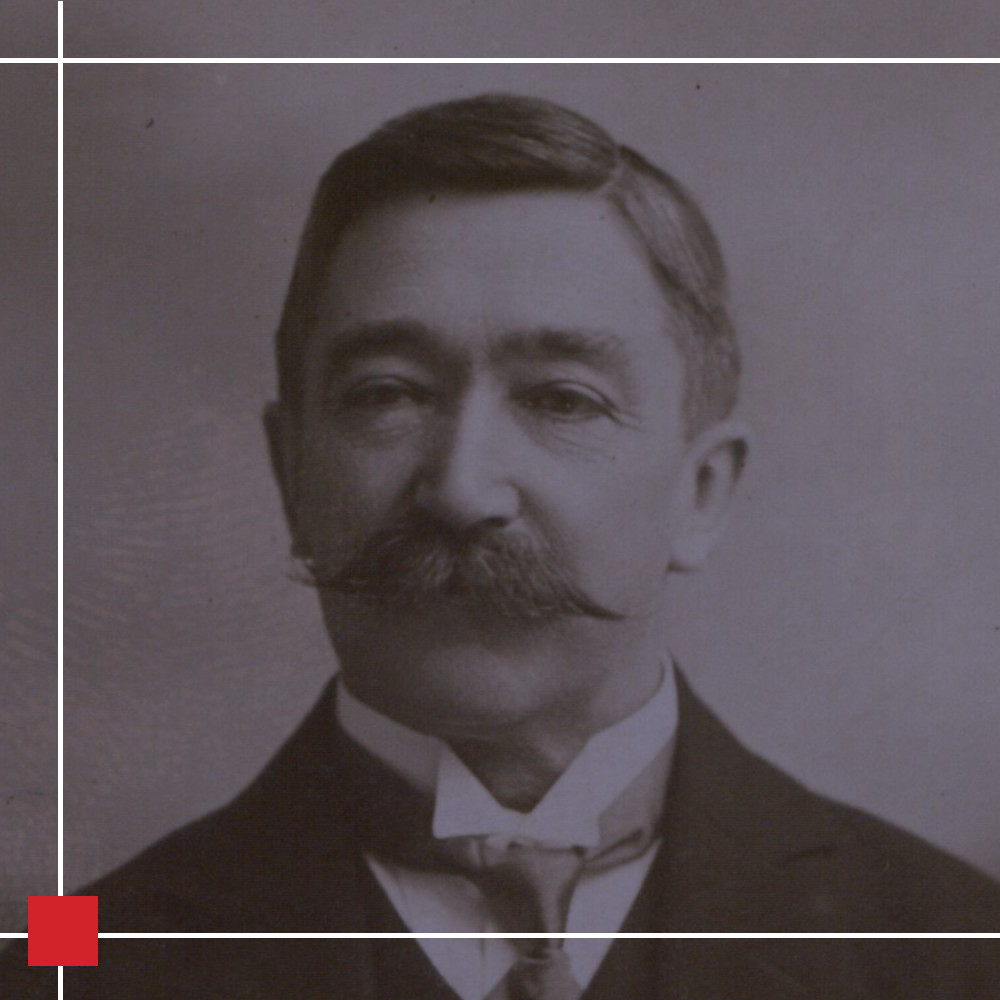
Wilhelm Sperro, railway inspector, councillor 1909–1915
(ANK, ref. no. A-I-97)
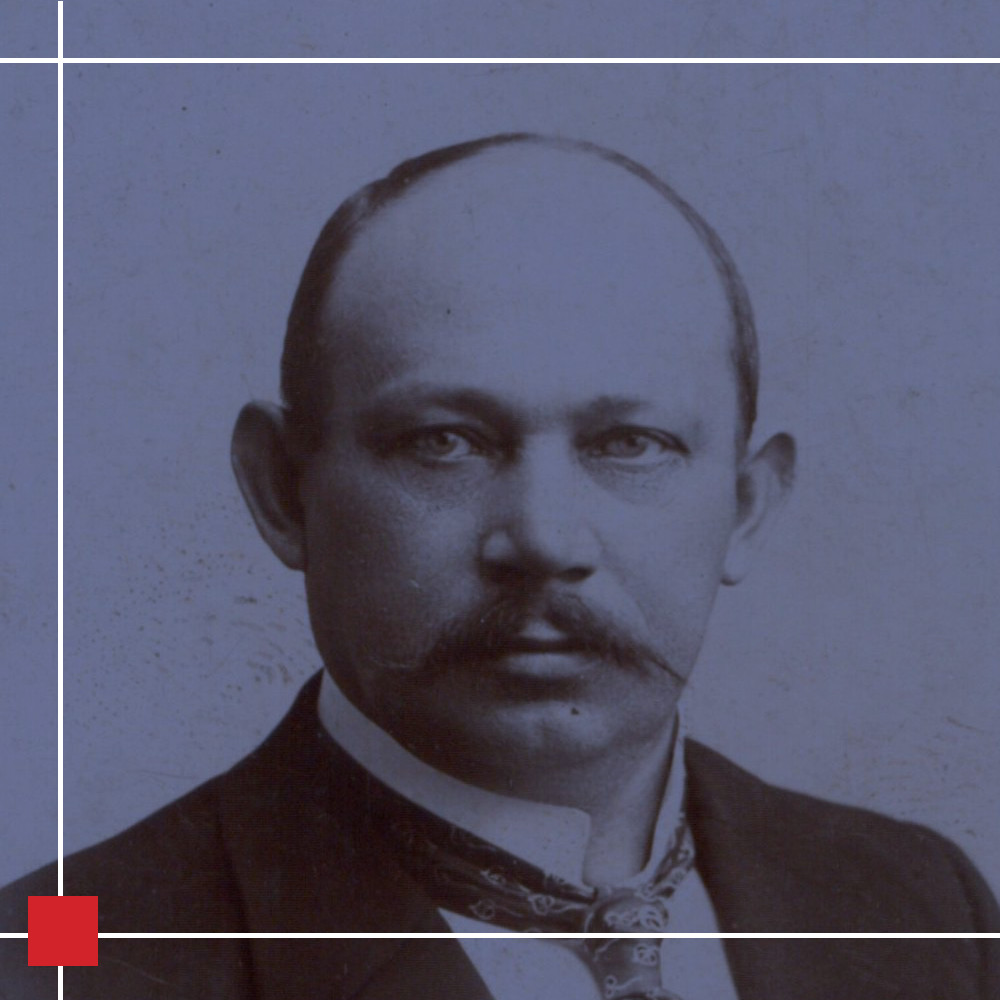
Marcin Staszczak, lawyer, supervisor of the County Court, councillor 1912–1915
(ANK, ref. no. A-I-96)

Michał Stec, industrialist, deputy councillor from 1912, councillor 1913–1915
(ANK, ref. no. A-IV-853)
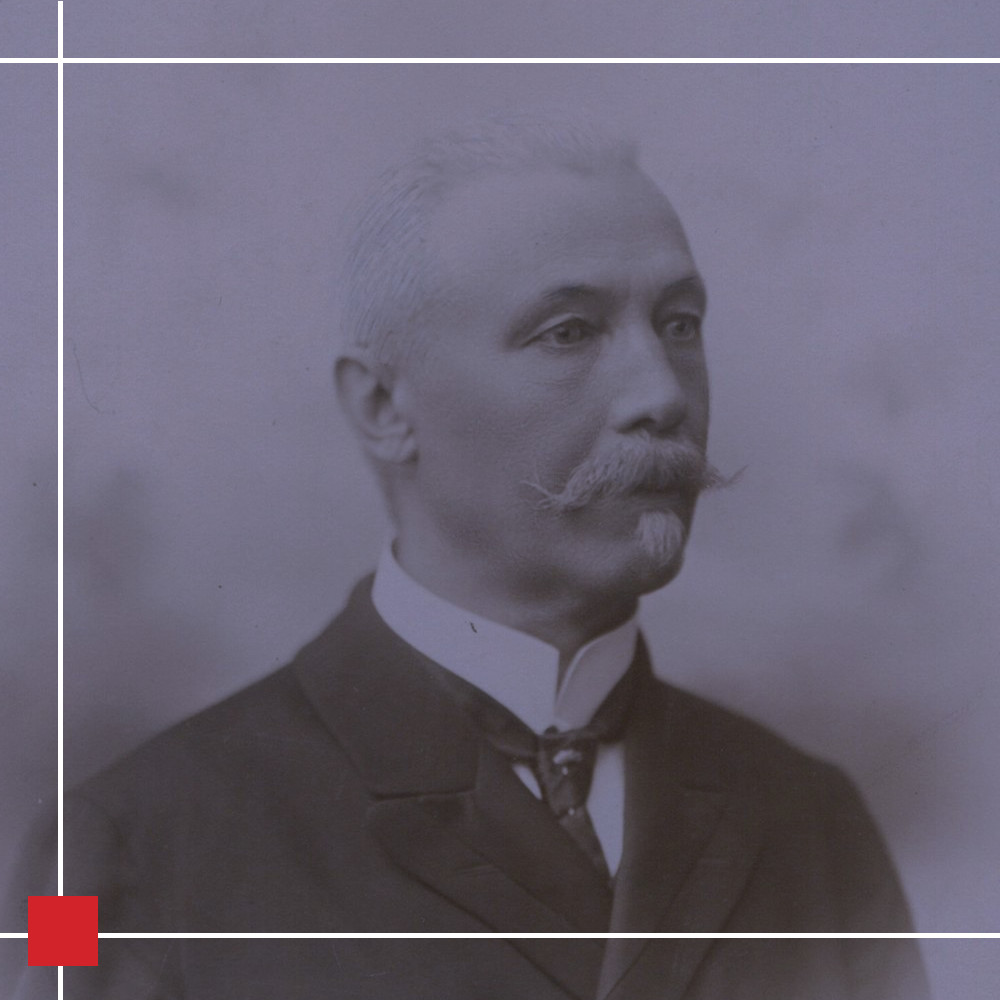
Józef Stepień, director of the Payment Office, councillor 1909–1915
(ANK, ref. no. A-IV-471)
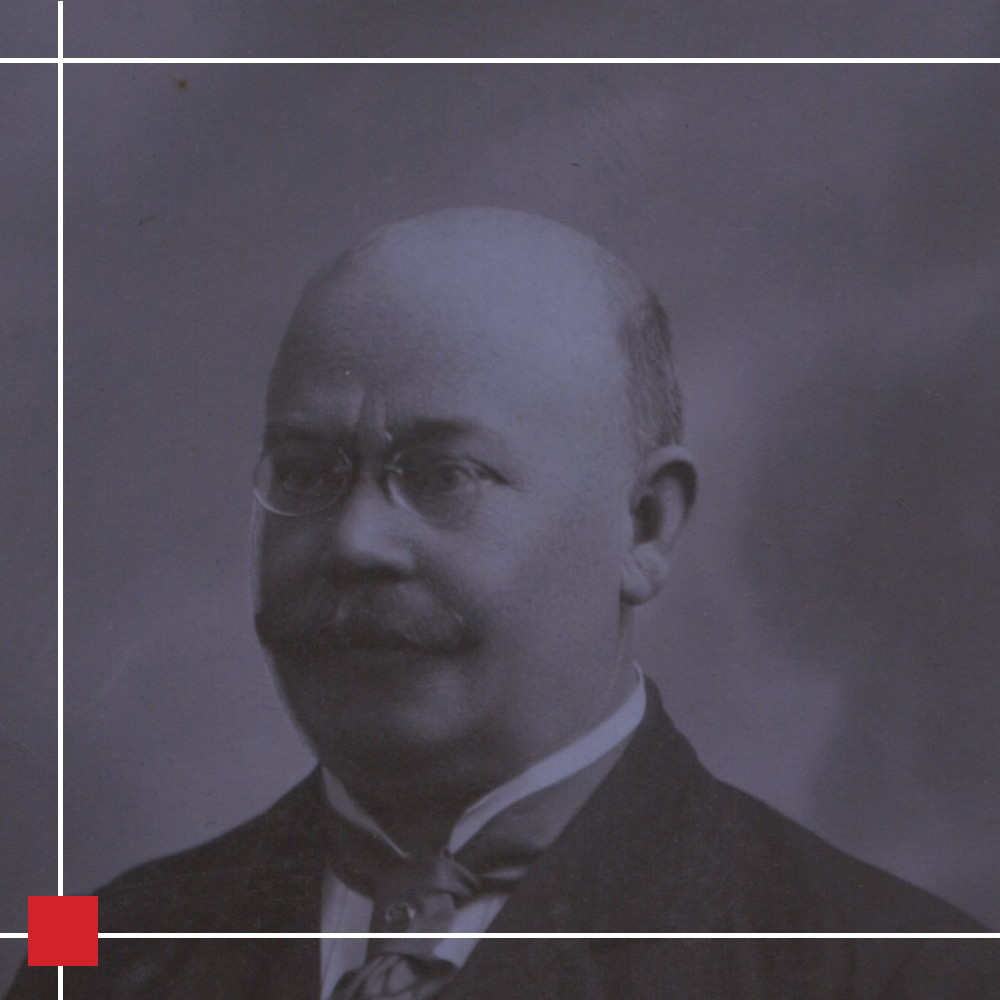
Ludwik Szklarski, industrialist, councillor 1909–191
(ANK, ref. no. A-III-877)
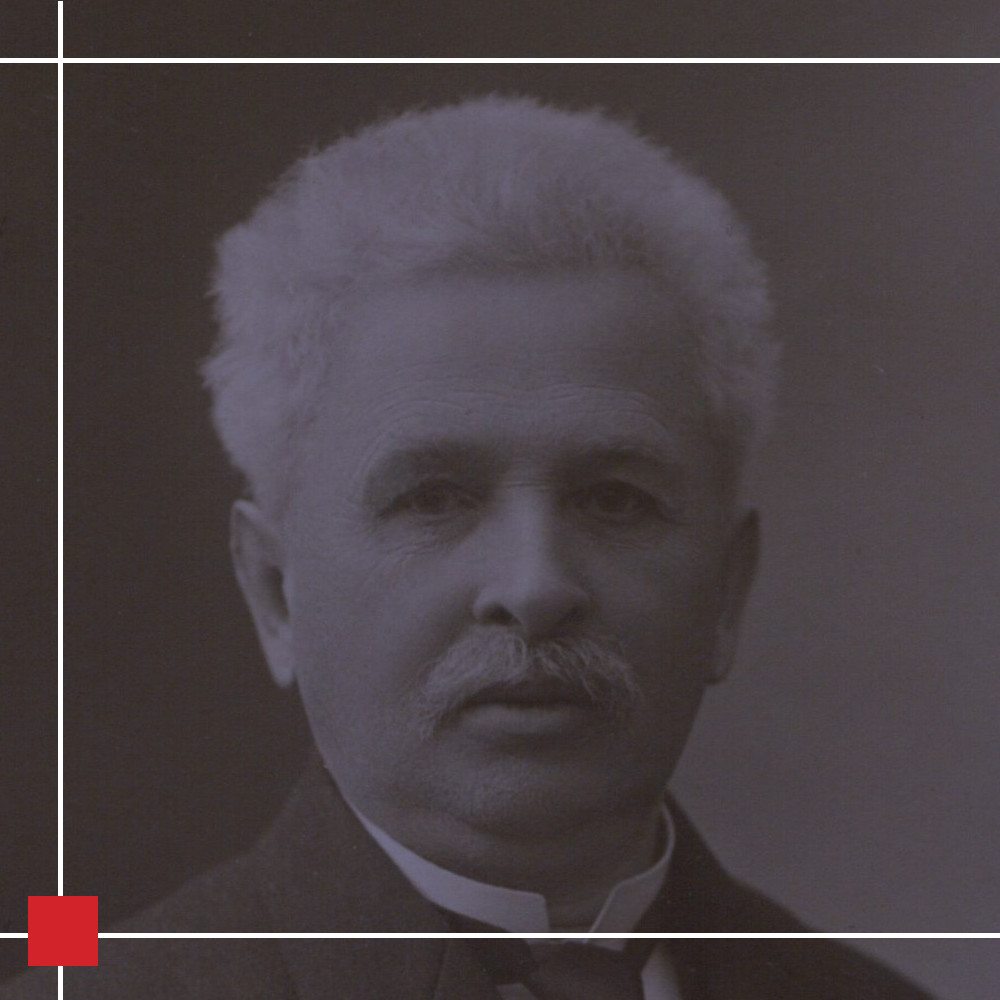
Seweryn Udziela, school inspector, councillor 1909–1915
(ANK, ref. no. A-I-161)

Salomon Übersfeld, industrialist, deputy councillor from 1909, councillor 1913–1915
(ANK, ref. no. A-I-86)
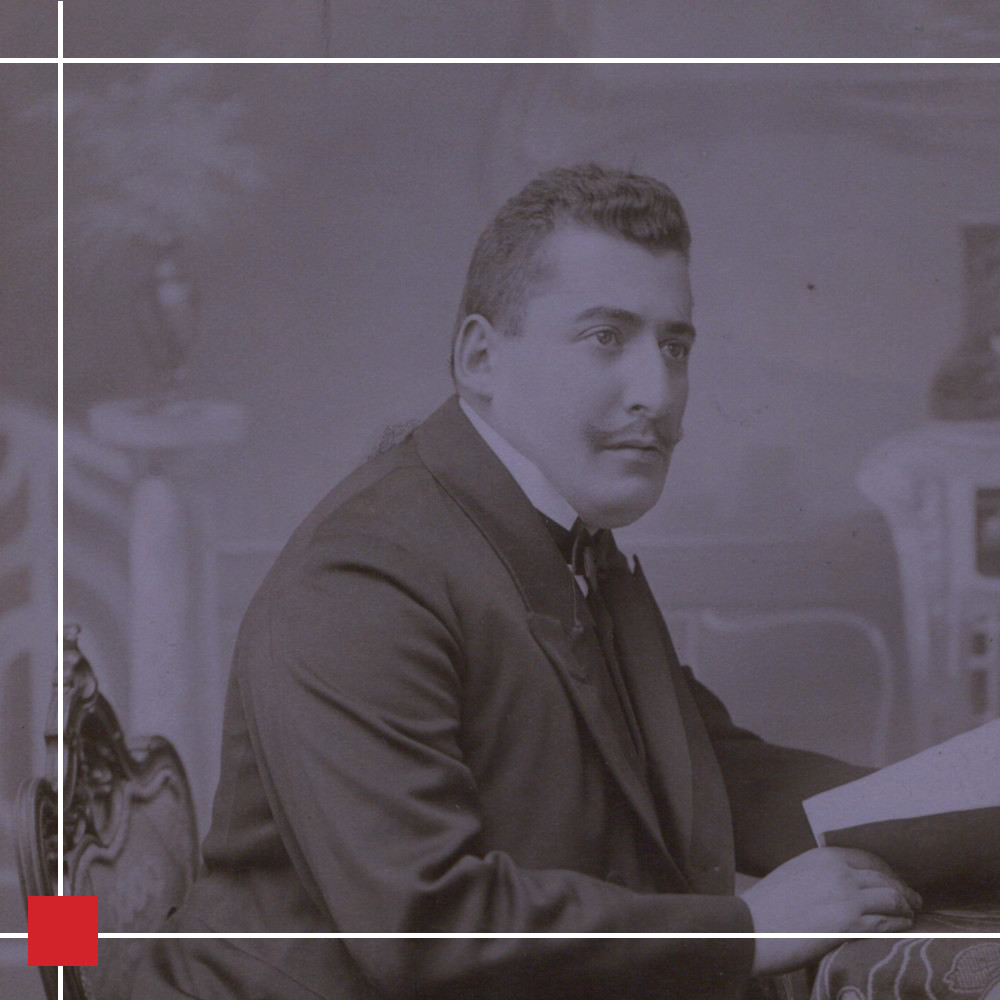
Jakub Westfried, lawyer, attorney, councillor 1912–1915
(ANK, ref. no. A-III-870)
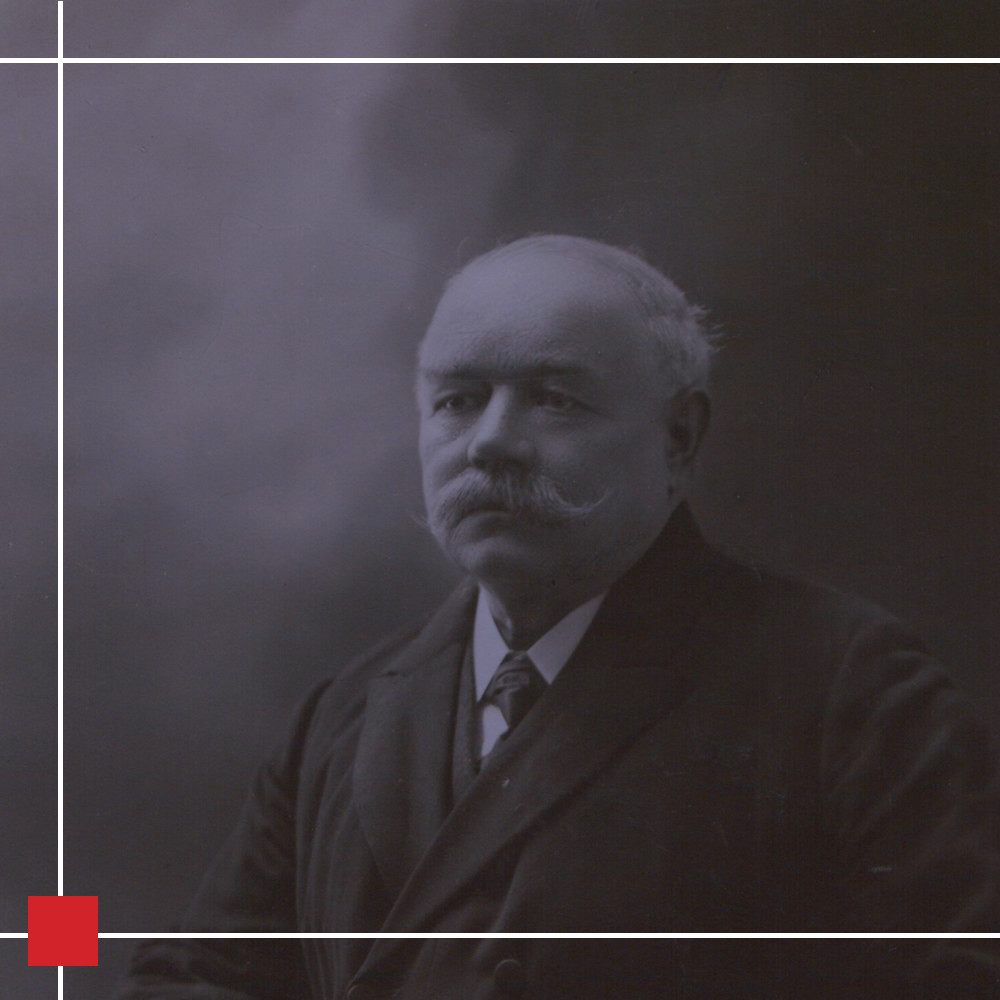
Kazimierz Zieliński, construction entrepreneur, councillor 1912–1913
(ANK, ref. no. A-IV-703)

Signatures of the representatives of the Podgórze Town Council on the agreement to unify Kraków and Podgórze from 7 June 1913 – Franciszek Maryewski, mayor; court agents: Karol Łuczko, Samuel Aronsohn and Karol Breuer; councillors: Józef Emilewicz, Ignacy Grządziel, Jakub Grünberg, Władysław Liban, Karol Górski, Karol Rolle and Emil Bobrowski
(ANK, ref. no. Pap. 34)
